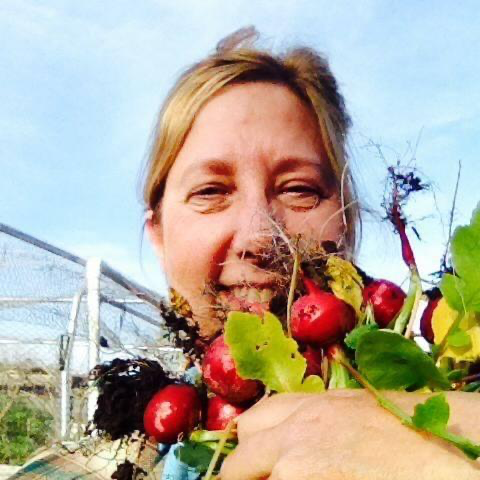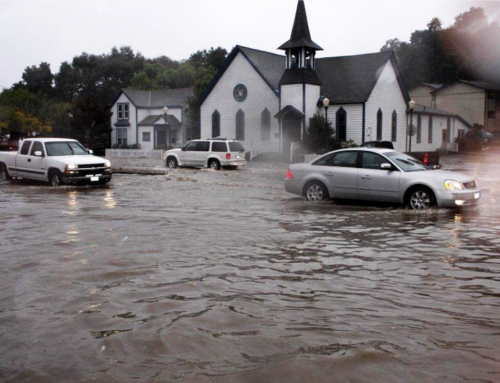The Bay Area Garden Railway Society (BAGRS) is a good place to look for guidance.
By Sharon McCray

Sharon McCray
Summer is almost here! But pay attention because it will be autumn before you know it. There is so much to do with harvesting our precious fruits and vegetables, preserving the extras and sharing some with our neighbors and friends. This is also a perfect time to get to that summer pruning of fruit trees done. Summer prune for shape and size and winter prune for production.
While sitting outside and enjoying my busy garden, I take an inventory of what all is going on, what worked and what didn’t, or as I like to say, “learning lesson.” All the winter rain brought such abundance to long dormant weed seeds. The spring ritual of weed abatement is one I should not neglect next year.
I take careful inventory of special touches I’ve added to my garden during the years. Bright spots here and there. Special wall hangings everywhere.
My personal favorite, “I don’t remember planting this.” All the old digging toys my children, grandchildren and now great-grandchildren enjoyed and learned from.
A worm bin in serious need of harvesting. Compost piles to turn. Roses to deadheaded . . . the list goes on. As I take this opportunity to savor the richness that surrounds me, I am reminded of a feature that I am missing at home: a garden railroad.
For those unfamiliar with this concept, a garden railroad is usually a larger scale model railroad, designed to be kept outside year round. Model trains are nothing new, and the unique pleasure they bring to young and old alike cannot be overstated.

To get started, you need a simple design and colorful plants. The plants are what makes it a garden railroad, and are usually dwarf plants with small leaves.
This helps create the illusion of a full-sized railroad in miniature. The track does not need to be level, and, in fact, a rise now and then really makes things interesting.
The best way to learn is to visit one of the dozen local garden railroad sites and get some ideas of what you might want to consider. Setting up a layout can be as simple or elaborate as you want, depending on your budget, garden size and interest.
The Bay Area Garden Railway Society (BAGRS) is a good place to look for guidance. These welcoming volunteers are always interested in helping the novice railroader. There are established garden trains set up all over the Bay Area, some free to visit.
The BAGRS are hosting the 38th annual National Garden Railway Convention at the Santa Clara Convention Center from July 1 through 8.
Those registered for this fun conference will have the opportunity to visit 60 private garden railroads from Guerneville to Santa Ynez. They can also attend a barbecue at Roaring Camp along with visiting a huge vendor hall with displays of everything railroad. For complete conference information visit www.ngrc2023.org.
If you prefer not to attend the conference, you can visit the Vendor Hall and the Large Scale Train Show on Saturday, July 8 for a modest charge, with discount coupons available from the local chapter.
With all this exciting news, I’ve decided to dust off our trains and get them back into service. The peacocks are waiting.
Sharon McCray is a California native living in Santa Clara County since 1959. She became certified as a University of California cooperative extension master gardener in 1992 and a UCCE master naturalist in 2015. She hosts a radio show on KKUP public radio and is now retired.






